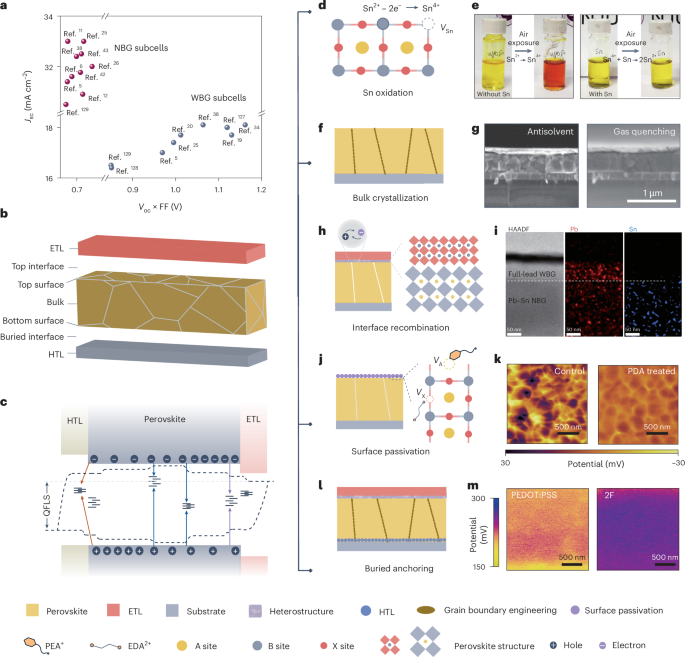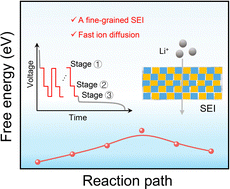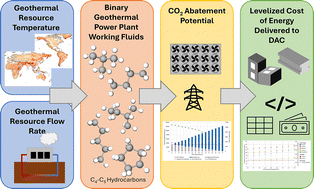The Nonsteady‐State Structural and Chemical Reconstruction of Ni‐Rich Cathodes During the Intermittent Resting after Charging
Advanced Energy Materials, Volume 15, Issue 23, June 17, 2025.

This study examines the structural and chemical reconstruction of Ni-rich cathode materials under intermittent cycling conditions, which induce abnormal degradation. The focus is on the short-duration rest periods following full charge, where structural transitions occur. The research delves into the coupling of multiscale heterogeneity and limitations in lithium-ion transport kinetics, highlighting their synergistic effects in accelerating structural degradation.
Abstract
Lithium-ion batteries are the main power source for portable devices and electric vehicles due to their high energy density and low self-discharge rate. In practical applications, batteries often experience extended resting periods at high charge levels after being fully charged. However, most studies focus on continuous cycling without considering intermittent resting, which can lead to flawed failure analysis and hinder optimization of Ni-rich cathode batteries. This study explores the degradation mechanisms of Ni-rich cathode full-cells subjected to intermittent resting after charging, revealing that Ni-rich cathodes undergo nonsteady-state structure transitions and chemical changes during high charge rest periods. The findings show that intermittent resting intensifies interfacial cracking within secondary particles due to coupled structure transitions and interfacial reactions, degrading lithium transport kinetics and creating lithium concentration gradients at multiple scales. Prolonged high anisotropy from delayed delithiation in the central region of primary particles, combined with surface-related multiple heterogeneous pinning effects, induces further intracrystalline damage. This damage is repeatedly reset and activated during intermittent resting, worsening mechanical degradation. These insights into the degradation pathways of Ni-rich cathodes provide a foundation for designing more durable materials and battery architectures to enhance the performance and longevity of lithium-ion batteries in practical applications.






























































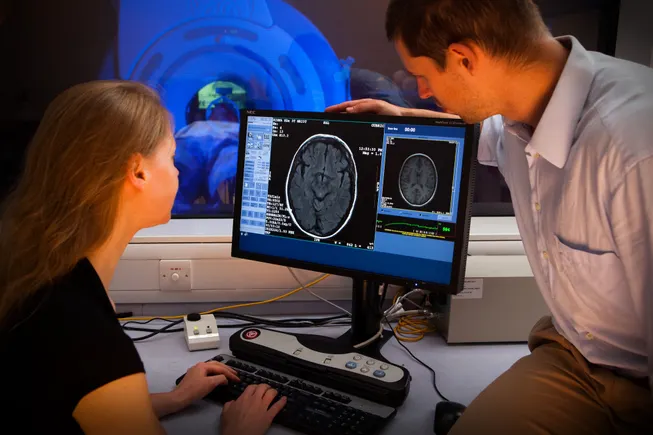
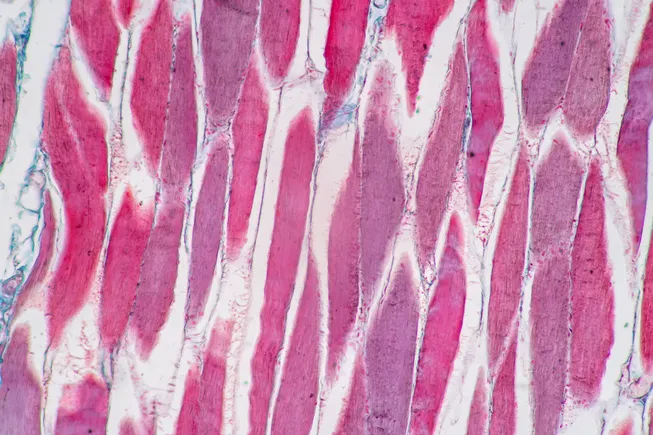










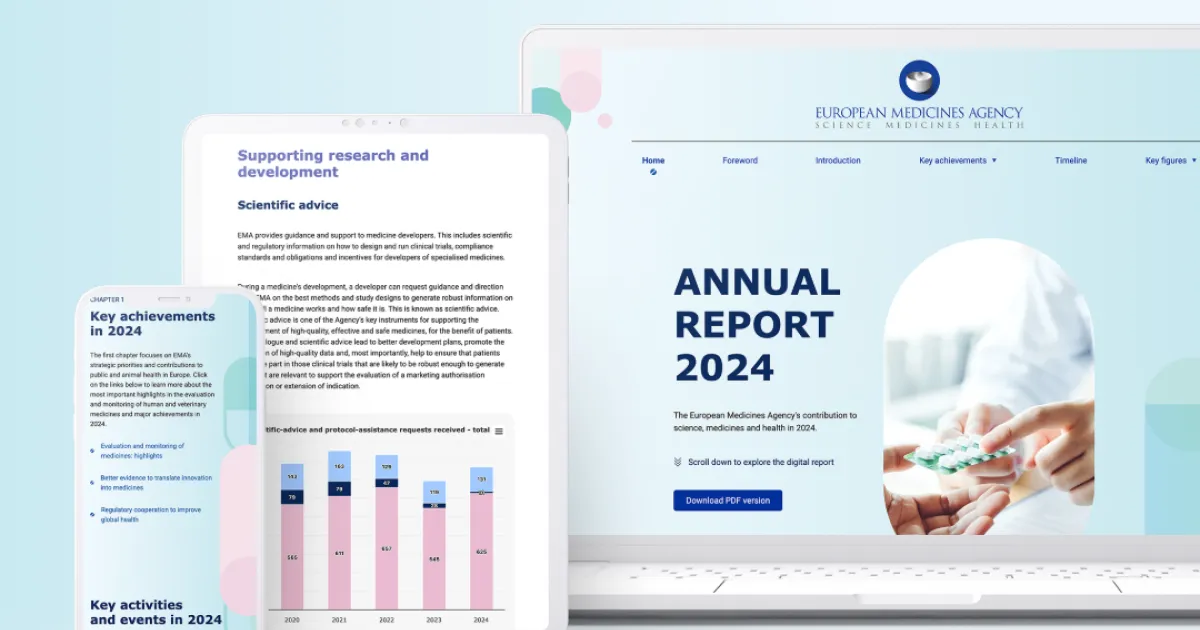






![The sights of Paris Air Show, one last time: Day 4 [Photos]](https://breakingdefense.com/wp-content/uploads/sites/3/2025/06/20250617-helenedelacoste-Paris-Air-Show-037-scaled-e1750357690820.jpg?#)









































